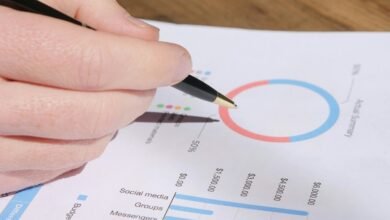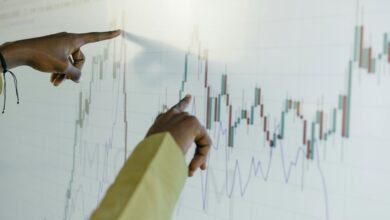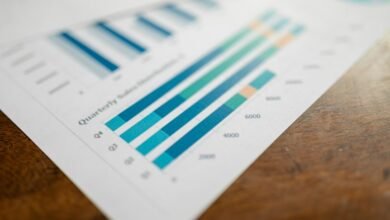Insightful Breakdown: 3517187139, 3523435111, 3528355302, 3603469239, 3606265632, 3606338365

The sequence of numbers 3517187139, 3523435111, 3528355302, 3603469239, 3606265632, and 3606338365 presents a compelling case for numerical analysis. Each number reveals subtle variations in structure, particularly in the leading digits and trailing segments. Such patterns could indicate underlying trends worthy of further exploration. Understanding these dynamics may unlock valuable insights applicable in diverse domains, prompting an examination of their broader implications. What might these patterns suggest about future behaviors?
Patterns and Trends in the Number Series
Patterns and trends in number series reveal significant insights into numerical relationships and behaviors.
Through methodical sequence analysis, one can discern underlying structures that govern the data.
Pattern recognition techniques enable the identification of recurring motifs and anomalies, fostering a deeper understanding of numerical dynamics.
Such insights empower individuals to appreciate the complexity and order within what may initially appear as random sequences.
Potential Applications of the Sequences
The exploration of number sequences extends beyond theoretical analysis, offering a myriad of practical applications across various fields.
These sequences can enhance data encoding methods, ensuring efficient information storage and retrieval.
Moreover, in the realm of sequence prediction, they assist in forecasting trends and behaviors in datasets, facilitating informed decision-making in sectors such as finance, technology, and scientific research.
Insights Derived From Numerical Analysis
Numerical analysis yields numerous insights that can significantly influence decision-making processes across various disciplines.
By employing analytical techniques, stakeholders can uncover numerical significance within complex data sets. These insights aid in identifying trends, optimizing strategies, and enhancing predictive capabilities.
Consequently, the application of rigorous numerical analysis fosters informed choices, promoting autonomy and innovation in fields ranging from finance to healthcare and beyond.
Conclusion
In a world where numbers reign supreme, this sequence might suggest a hidden code governing the universe—or perhaps just a series of digits typed by an overzealous accountant. While some may chase the elusive patterns for predictive prowess, others might simply relish the absurdity of seeking significance in what could be mere clerical errors. Ultimately, whether these numbers lead to financial fortune or technological breakthroughs remains a mystery, much like the fabled search for the perfect cup of coffee.





